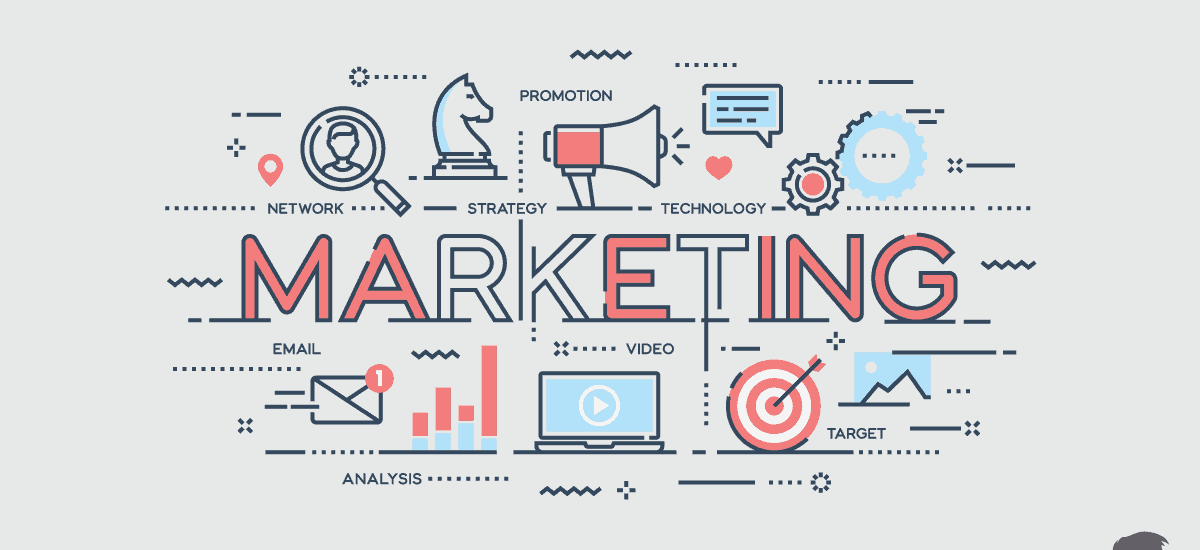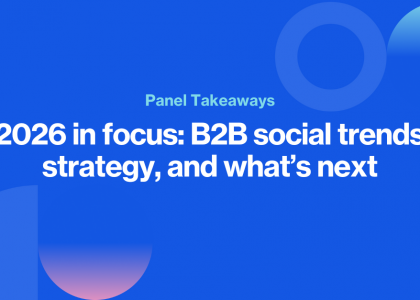There’s a time gap.
Marketers raise expectations in order to get someone to sign up and try a product and service.
And (hopefully) there’s satisfaction, delight and remarkability once the organization actually delivers on what you promised.
In between, the trough.
You spend $400 per customer on rent and architecture and web design.
Perhaps it’s $200 per new customer on podcast ads or salespeople.
All of these expenses happen long before you deliver.
And then, you confront the new customer with a surly receptionist, a website that is hard to understand, a wait for a table, a mismatch in the professional you assign, slow customer service, packaging that is difficult to open, fine print that suddenly becomes obnoxious and expectations that aren’t met.
In this trough, we have a few options:
The first, the most common, is to try to ignore it. Let em seethe. Bet on time and momentum and sunk costs to get them over the hump.
The second, a variation of this, is to spend as little as you can to address the problem of the trough. Acknowledge the problem, sure, but throw boilerplate and your lowest cost (least trained, least respected) people at the problem.
The third, the intelligent, difficult choice, is to invest in onboarding.
At $50 an hour, a well-trained, passionate and committed person might be able to onboard four customers an hour. That’s $12.50 to protect the $300 to $800 (or more) it cost you to earn that customer’s trial in the first place.
This person isn’t a replacement for what you sell or deliver. This person is the bridge over the trough.
They’re the patient voice at the end of the phone (who picks up on one ring) to help with a recalcitrant bit of software. Or the person who sends a handwritten note telling the guest what to expect when they get to your hotel. Or the human who simply calls to say ‘hi’ as soon as the trough begins. Not reading a script, but working as hard to make a connection and a difference as your ads and your location do.
The key rhetorical question, usually unasked and unanswered: Is it an expense or an investment?

Notes: Promotion is the time and expense of encouraging non-customers to raise their expectations.
The trough kicks in when reality intrudes, when we’re trying to understand what’s actually involved, when sunk costs become clear and when buyer’s remorse begins. It’s the form, the warmup act and that feeling of being alone at a cocktail party filled with people who know each other.
Many of your potential lifelong, supportive and profitable customers never materialize on the other side of the trough, because they left before you had a chance to delight them.
Actual marketing success happens after the trough, when people become loyal, when the product or service is remarkable and when the word spreads.




